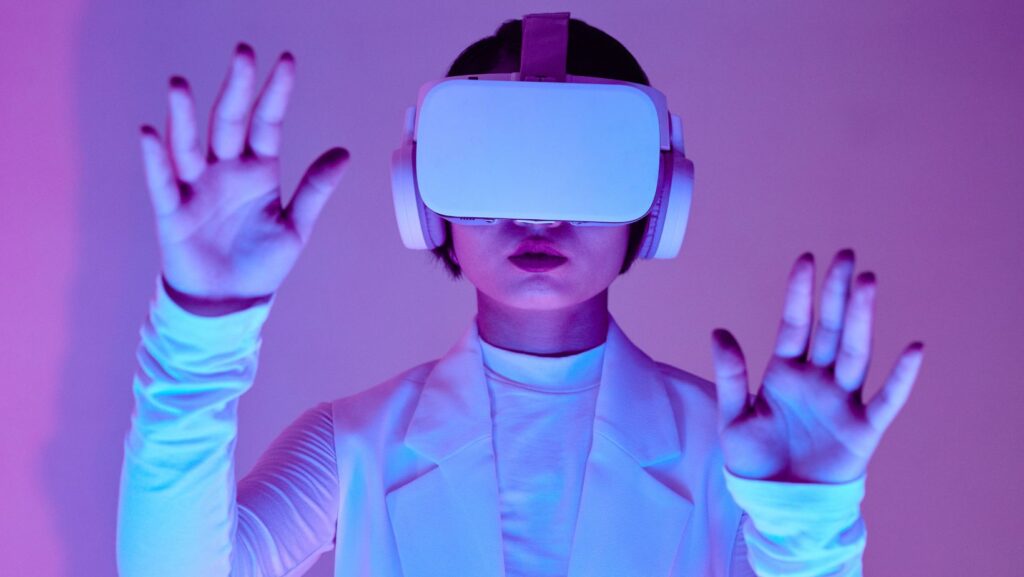In the ever-evolving landscape of technology, virtual reality worlds have emerged as captivating digital realms that promise to redefine the way we experience reality. These immersive environments transport users beyond the constraints of the physical world, offering experiences that range from fantastical adventures to practical applications in education and training.
As more people embrace this technology, VR worlds are poised to become integral parts of everyday life, blurring the lines between reality and imagination. With each new development, the future of virtual reality promises to be as exciting as it is unpredictable.
Virtual Reality Worlds
Virtual reality worlds encompass varied digital environments where users can interact with simulated surroundings. These worlds feature realistic graphics and sounds, creating an immersive experience. In many virtual spaces, users customize avatars to explore, socialize, or engage in quests.

Most platforms offer diverse experiences. For instance, users may encounter educational scenarios replicating historical events or fantastical adventures requiring problem-solving skills. Such versatility is a key element of virtual reality worlds.
Virtual reality worlds also cater to collaboration. They host meetings, conferences, or virtual classrooms. This capability enables safe and cost-effective communication without geographical constraints. As advancements continue, the potential applications of virtual reality worlds continue to expand.
Key Features of Virtual Reality Worlds
Virtual reality worlds offer captivating environments and dynamic interactions, making them a unique digital experience. These worlds blend vivid graphics and user engagement, creating a fully immersive digital realm.
Immersive Environments
Virtual reality worlds create highly immersive environments by simulating realistic settings through advanced graphics technology. Headsets like Oculus Rift and HTC Vive project vivid visuals, while spatial audio further enhances the sense of presence. Users feel as though they are truly within the environment, whether navigating a bustling cityscape or exploring a serene forest.
Interactive Experiences
Interactivity is a cornerstone of virtual reality worlds. Users aren’t passive observers; they actively engage with the environment and other participants. Controllers and hand-tracking devices allow for intuitive manipulation of objects and natural movements within these virtual spaces.

Real-Time Feedback
Real-time feedback in virtual reality worlds ensures responsive and adaptive interactions. Through haptic feedback devices and motion sensors, users receive immediate physical responses from their virtual actions, like a vibration when an object is touched. This instant feedback reinforces the sense of reality and aids learning and coordination.
Popular Virtual Reality Platforms
Popular platforms have shaped virtual reality worlds, offering immersive experiences that cater to a diverse range of interests. Among these, Oculus Rift, HTC Vive, and PlayStation VR stand out for their cutting-edge technology and large user bases.
Oculus Rift
Oculus Rift revolutionizes virtual reality with advanced optics and a precise tracking system. It enables users to explore realistic virtual reality worlds with outstanding visual clarity. The device offers intuitive controls that promote fluid interactions within these digital environments.

HTC Vive
HTC Vive provides an exceptional VR experience through its room-scale tracking technology and high-resolution displays. Its dual controllers offer nuanced interactivity within virtual reality worlds, allowing users to naturally manipulate objects.
PlayStation VR
PlayStation VR delivers a seamless virtual reality experience on the PlayStation console ecosystem. Its ergonomic design ensures comfort during extended use. By leveraging the PlayStation Camera and Move controllers, it enables users to engage deeply with virtual reality worlds.
Applications of Virtual Reality Worlds
Virtual reality worlds offer diverse applications across various domains, providing immersive and interactive experiences that enhance conventional methods.
Gaming
In gaming, virtual reality worlds transform traditional gameplay into immersive adventures. Players enter three-dimensional environments to solve puzzles, engage in combat, or explore vast landscapes. Realistic motion tracking and haptic feedback elevate gaming experiences, creating sensory-rich interactions.
Education
Virtual reality worlds revolutionize education by creating engaging, interactive learning spaces. Students explore historical sites, conduct scientific experiments, and practice skills in risk-free virtual environments.
Healthcare
Healthcare professionals utilize virtual reality worlds for training, therapy, and patient care. VR simulations provide realistic scenarios for surgical training and medical procedures, enhancing skills without endangering patients. .
With the expansion of network capabilities and the development of adaptive technologies, virtual reality worlds are set to revolutionize how we interact, learn, and entertain, paving the way for a future where digital and physical realities seamlessly blend.



